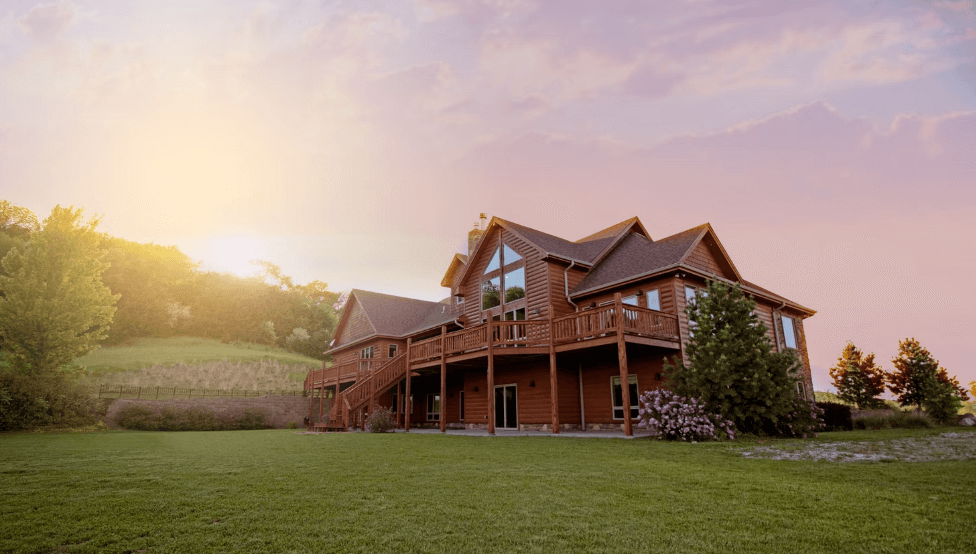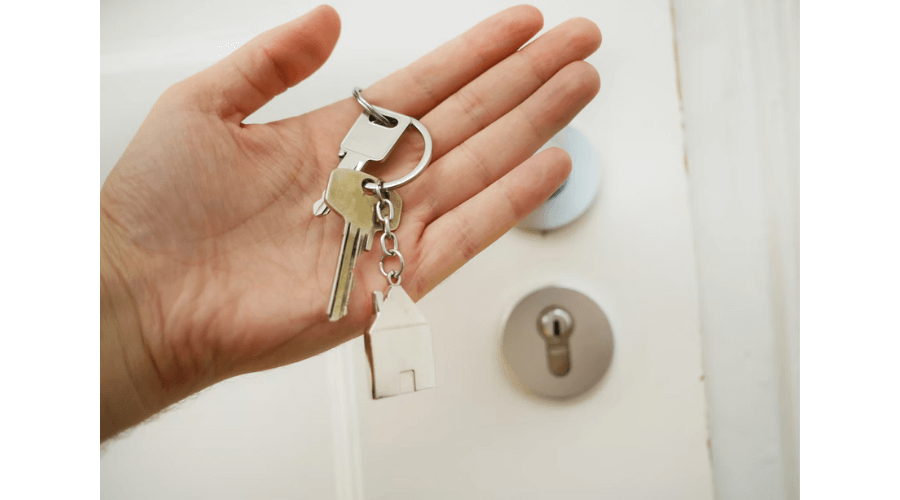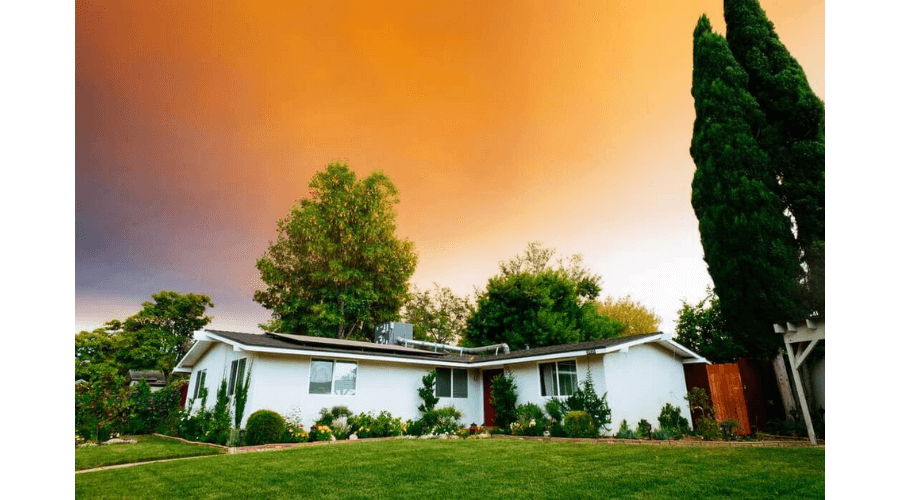Pros And Cons Of Negative Gearing & Positive Gearing
As a property investor or future property investor, you’ve probably come across the debate surrounding positive and negative gearing. It’s a widely debated topic in the industry, splitting property investors on whether it’s a worthy strategy.
But some property investors, whether new or experienced, won’t have yet made up their minds on the ‘positive gearing vs negative gearing’ debate. We’re going to break down both investment strategies and look at the benefits of positive gearing and negative gearing and some of the disadvantages of each.
What is negative gearing and how does it work?
Before looking at the pros and cons, here’s a quick reminder on what negative gearing is.
Negative gearing refers to a strategy where the cost of owning a rental property outweighs the income it generates each year.
An investor can apply to the tax office for the negatively geared property to be considered a taxable loss. This can reduce the amount of tax paid, increasing personal cash flow.
For example, say you earn $15,000 gross annual rental income from an investment property. However, you incur $20,000 costs to cover expenses for the mortgage, insurance, and property management, resulting in a $5,000 loss. This loss can be offset against your income from a job or business at tax time.
What are the benefits of negative gearing?
You might be questioning why any savvy property investor would own a property that does not generate a profit. But there are actually benefits to a negative gearing strategy.
The first, as previously mentioned, is that you can claim the loss at tax time. This has the effect of reducing your taxable income.
The second potential reason why negative gearing is worth it concerns capital growth. If you decide to sell at the end of a property cycle, there is the potential to get a good return on investment from a negatively geared property.
However, this will depend on the property and its potential for future growth. At the end of the day (and with a bit of luck!), the gains you make on the sale can outweigh any losses you’ve suffered due to the negatively geared property.
A negatively geared property can also ensure long-term tenants will be more likely. This is because a negatively geared property is likely in an area with high vacancy rates. But this can also mean that it will be harder to attract tenants in the first place.
What are the disadvantages of negative gearing?
So, why is negative gearing bad?
The first and most obvious drawback to owning a negatively geared property is its impact on your cash flow. The loss you incur from a negatively geared property can impact your lifestyle and spending ability.
Supporting a negatively geared strategy requires a stable occupation and income so that you’re in a position to cover shortfalls in rent or property costs. That job is crucial to service the debt and make any interest payments, and without it, you risk having to sell the property before realising any capital growth returns.
Another drawback that may cause you to question whether negative gearing is suitable can be the message it sends to banks. Ultimately, you’re telling the banks that you’re purchasing and losing assets that cost money.
The bank may now see you, the debtor, as a liability who cannot meet loan repayments. As a result, the banks may limit the amount you can borrow or even reject your application for a loan entirely. This can hinder any goals of buying multiple properties and building an extensive property portfolio.
Ultimately, the individual investor can only answer the question of ‘is negative gearing good or bad depending upon their strategy and resources. But, owning a negatively geared property can limit your options and tie you down financially. This often goes against people’s key motivators for investing in property in the first place!
Let’s look at positive gearing and why a property investor may or may not choose to adopt this strategy.
What is positive gearing and how does it work?
A positively geared property refers to a property that is cash-flow positive. This means that the rental income you receive from tenants each week is greater than the cost of owning the property.
Say you purchase a property for $450,000 in an area with low vacancy rates. Let’s say that you charge $600 a week in rent. The cost to own the home, including mortgage interest repayments, insurance, property maintenance, rates, etc., total $400 each week.
This means that your net return is $200 per week, and you’re positively geared in the amount of $10,400 per year.
What are the benefits of positive gearing?
When looking at the advantages of positive gearing, many investors are sold on the prospect of having more money available instantly. This creates an opportunity to use that money to save for the next deposit or pay off the current property sooner.
Positively geared property essentially pays for itself. This means that there is less pressure on the investor to spend their own money, which means less pressure to maintain a job or income to support that property. This creates a flexible lifestyle, which is a significant motivator and reason why people invest in property.
A positively geared property also opens up greater lending opportunities. The income boost gained through a cash flow positive property can increase the chances of securing a loan from the bank. This can be crucial if the investor is looking to expand their portfolio quickly and secure loans for multiple properties.
A positively geared property allows for flexibility and opportunity at the end of the day. Having a positive cash-flow property can provide that peace of mind and provide that financial buffer if your circumstances change.
Buying positively geared property is essential to acquiring passive income and the reason why so many invest in property in the first place.
But what are the downsides to owning a positively geared property?
What are the disadvantages of positive gearing?
It’s important to remember that a positively geared property generates income, and you’ll be required to pay taxes on this income.
A cash flow positive property is often a property that is cheaper to purchase. Buying a more affordable property may mean buying in an area that doesn’t experience the same growth as areas where the property is more expensive.
This means waiting a bit longer for any capital growth and perhaps affecting your ability to access equity for future property deposits.
Buying a positively geared property may also mean relying on the low vacancy and interest rates or even strong employment figures. These factors can be unpredictable and often volatile, making it difficult to predict and maintain rental income. Then there are also the unexpected costs associated with maintenance and repair that may stem the flow of income.
Ultimately the downsides that come with positively geared property stem from the typical risks of property investment.
But these risks can be mitigated by following the data, as well as proper education and research. This means that the disadvantages associated with positive gearing are minimal and often can be managed.
The Verdict
Ultimately, the debate between property investors continues for a good reason: it’s challenging to pick a definitive strategy, with both possessing their respective advantages and disadvantages. It’s all about purchasing a property that meets the needs of your investment strategy and your circumstances.
While positive gearing provides financial flexibility and further lending options, negatively geared properties may be a useful strategy in specific circumstances. Everyone has their opinion, but it’s important to wade through this and listen to the hard facts and data.
If you still need more advice on positive and negative gearing, feel free to read about why we think negative gearing isn’t the best strategy or watch this video!
PREVIOUS
How to Generate Passive Income from Property Investments...

 PK Gupta
PK Gupta






